What is the most essential appliance in your kitchen? Not necessarily your favorite appliance but the one you need, the one you can’t be without, the one you use every day? For the majority of us, the most necessary and needed kitchen appliance is the refrigerator. However, some may argue that a fancy iced coffee machine should come in at a close second.
In the average household, refrigerators are used daily to store all of our fresh produce, hold our dinner leftovers, and display our favorite snacks and drinks. But like everything else, it will likely need to be repaired and maybe even replaced. Both options can be rather expensive and never seem to come at the right time.
Don’t worry! You can do a few easy things to care for your refrigerator to extend its lifespan and energy efficiency. Extending the lifespan will save you money on costly repairs, while remaining energy efficient will help reduce your monthly energy costs.
Read the tips below to find out how.
Organize and Declutter
No matter the size of your refrigerator, it is essential to maintain an even temperature distribution. For your refrigerator to provide a consistent temperature distribution throughout, the air needs space to flow. One way to do this is to declutter your refrigerator and organize the items. Larger packages should be avoided-especially on the top shelf. Use the built-in bins or drawers to store more oversized items, fruit, and vegetables. The more open space you can create, the more the air will flow, allowing the temperature to remain even.
When organizing your refrigerator, it is also essential to arrange the food in a way that allows you to get in and out quickly. One way to do this is to put the more commonly used food items toward the front of the shelves so they can easily be seen. Getting in and out of the refrigerator quickly reduces the amount of time the door is left open. The longer the door is open, the more the food inside begins to warm up.
Temperature
Making sure your refrigerator temperature is set correctly can save you money and keep your food cool. The ideal temperature for a refrigerator is 34 F and 4 F for a freezer. You can easily adjust the temperature of your appliance with a simple turn of a dial. Did you know that a refrigerator set to 10 degrees cooler can use up to 25% more energy?
Keep Away From Heat
Now that we have everything nice and cool, it is also essential to keep heat away. Many kitchens are set up with only one possible location for a refrigerator to be placed. This is due to the available water and electrical hookups. However, if you choose where your refrigerator is placed, it is crucial to allow for airflow. Any additional warmth, be it from other appliances like an oven, dishwasher, or even direct sunlight, will cause the refrigerator to work harder, leading to an increased energy bill. If you can, place your refrigerator in the coolest location of your kitchen.
Save Power
Some refrigerators have something called “Power Saving Mode” or “ Energy Saver.” If you have either of these options on your refrigerator, you should use it. The switch allows you to adjust or even turn off the heating coils that prevent condensation between the cabinet and door seal. Power saving mode will disable the heating coil that prevents frost from building up on the doors, therefore, saving power. It’s generally a good rule of thumb to use the energy saver in the winter and turn it off in the summer when the humidity increases. Power saving is estimated to cut down on 5-10% of energy costs.
Reduce the Build-Up of Frost
Frost build-up can cause a refrigerator to work overtime. If you have a newer fridge, it is most likely self-defrosting. Keeping up with minimizing frost will keep things cool and give your appliance a bit of a break.
Here are a few simple tips to help reduce the build-up of frost
-
Keep the doors closed as much as possible
-
Check the temperature of the refrigerator thermostat
-
Check to make sure it is level so that the doors stay closed
-
Check to make sure the doors shut firmly
-
Let hot food cool before storing it to reduce a build-up of moisture
Dust-Off the Coils
Dusty and dirty coils are one of the most common service calls made for refrigerators. Most people get a fridge and leave it in its place until it needs to be serviced or replaced. If you have ever had to pull out your refrigerator, you have likely seen a build-up of dust. When the coils in the back or bottom of refrigerators get dusty, they struggle to remove heat from the appliance effectively. You can easily clean off the coils using a coil brush or soft brush and a vacuum. Adding this task to your spring cleaning list will definitely help to increase the lifespan of your refrigerator.
Replace the Rubber Gasket
The rubber seal around the edge of the refrigerator door is used to keep the cold air inside. Over time, it is common for the rubber seal around the edge of the refrigerator door to become weak. When this happens, an improper seal is made, causing the cold air to escape. If you aren’t sure of the strength of your rubber seal, you can try checking by placing a thin piece of paper between the door and the seal. If you feel resistance when removing the paper, it is likely that your seal is still in good shape. However, if the paper slides out easily with little to no resistance, it might be time to replace the rubber seal. Take the time to check the rubber seal about once every year or two to help increase the life of your refrigerator.
Maintaining the functioning of your refrigerator is essential to its lifespan. Repairs and replacements can be costly and always seem to come at the worst time (right before the holidays). Use the suggestions above to help keep your most essential appliance working correctly for as long as possible. These few simple tips and tricks will also increase your appliance’s energy efficiency, resulting in fewer energy costs for you.
Browse all our commercial refrigeration equipment.
10550 86th Ave
(833) 734-8880























